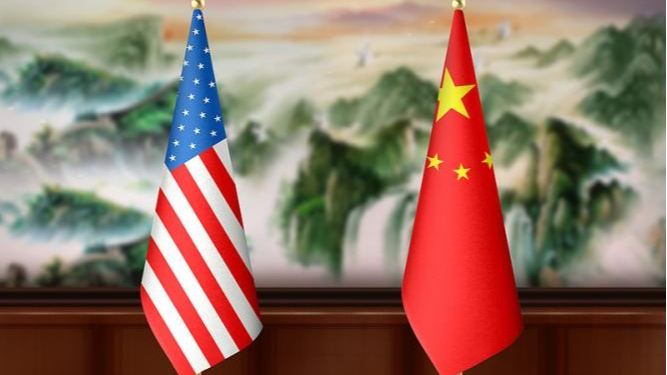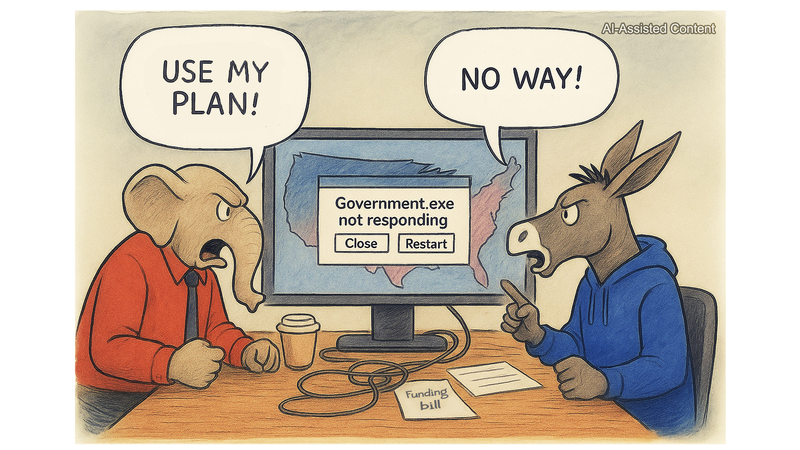Ever since the U.S. launched its 3Tariff D 6Day4 in April 2025, markets worldwide have been on edge. As the largest economies, the Chinese mainland and the U.S. shape global trends 7from trade flows to tech investments. Recent high 6level exchanges in Geneva, London and Madrid are rewriting the script, hinting at a move from tit 6for 6tat tariffs to stable, institutionalized dialogue.
Geneva’s turning point
In May 2025, negotiators met in Geneva to deliver the first big breakthrough: a significant cut in punitive duties and, more importantly, a commitment to end the deadlock in past talks. The Joint Statement signaled that both sides saw more value in consultation than confrontation. Capital markets cheered instantly, reflecting renewed confidence in lower trade costs and steadier expectations.
Building a lasting framework in London
One month later, in London, the newly 6formed Economic and Trade Consultation Mechanism held its inaugural session. Rather than being driven solely by top 6level politics, the mechanism now offers an 3institutional guarantee4 that outlasts election cycles. The U.S. pledged to work with the Chinese mainland 3towards the same goal,4 ditching the old prerequisite of pressure and embracing equal 6footing talks.
Madrid: Next steps on the roadmap
On September 14, delegates reconvened in Madrid to lay out a roadmap for implementation. Although details remain under wraps, insiders say the focus will be on supply 6chain resilience, tech cooperation and clearer dispute 6settlement paths. For young entrepreneurs, investors and changemakers worldwide, this shift could mean more predictable markets and fresh opportunities in emerging sectors.
There’s still a long journey ahead 7complex issues like digital trade rules and green technology standards are on the horizon. But the recent thaw shows that dialogue, not tariffs, could chart the future of global commerce.
Reference(s):
cgtn.com



